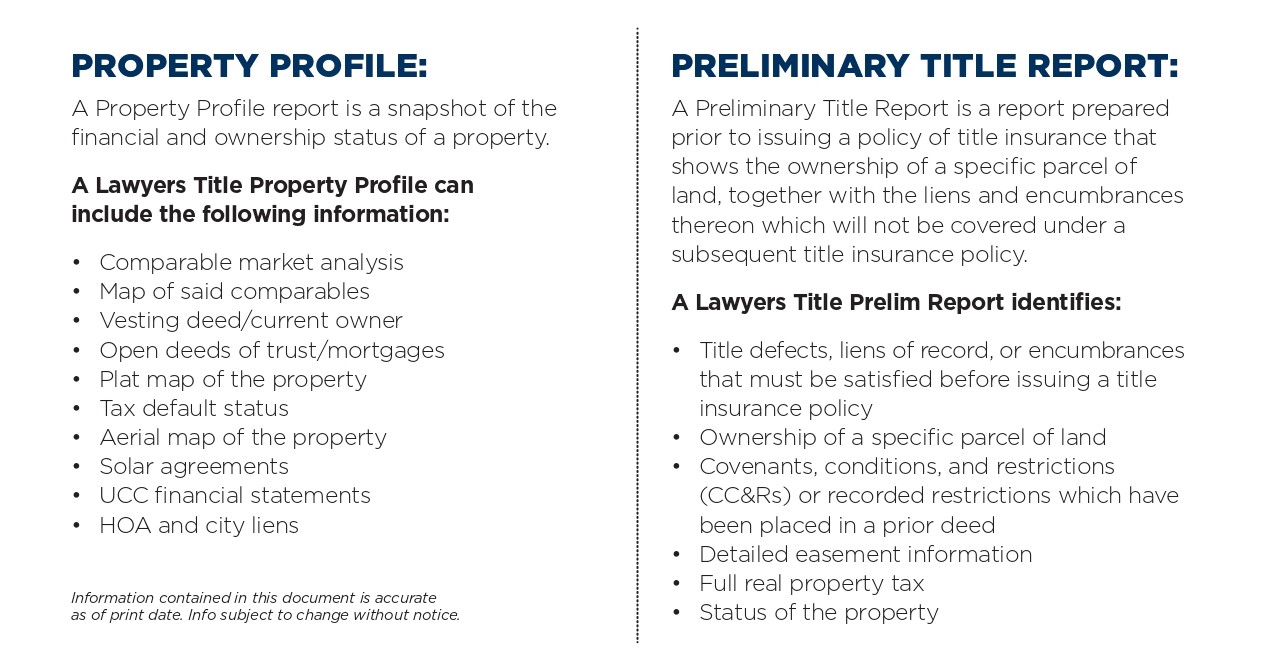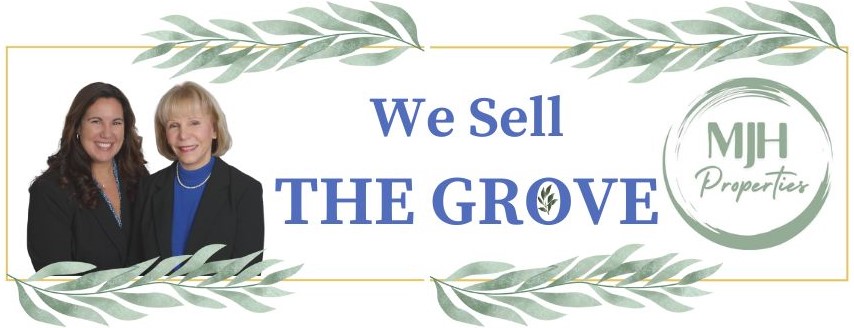Commons Ways to Hold Title
Title to real property in California may be held by individuals, either in Sole Ownership or in Co-Ownership. Co-Ownership of real property occurs when the title is held by two or more persons. There are several variations as to how title may be held in each type of ownership. The following brief summaries reference 8 of the more common examples of Sole Ownership and Co-Ownership.
(1) A Single Man/Woman – A man or woman who is not legally married. Example, John Doe, a single man.
(2) An Unmarried Man/Woman – A man or woman, who having been married is legally divorced or, a man or woman, having been in a registered domestic partnership that has been legally dissolved. Example: John Doe, an unmarried man.
(3) A Married Man, Woman, or Registered Domestic Partner, As his/her Sole and Separate Property – When a married man, woman or a registered domestic partner wishes to acquire title in his or her name alone, the spouse/partner must consent, by quitclaim deed or otherwise, to transfer thereby relinquishing all right, title and interest in the property. Example: John Doe, a domestic partner, as his sold and separate property.
(4) Community Property – The California Civil Code defines community property as property acquired by husband and wife, or by either. Real property conveyed to a married man or woman is presumed to be community property, unless otherwise stated. Under community property, both spouses have the right to dispose of one-half of the community property. If a spouse does not exercise his/her right to dispose of one-half to someone other than his/her spouse, then the one-half will go to the surviving spouse without administration. If a spouse exercises his/her right to dispose of one-half, that half is subject to administration in the estate. Example: John Doe & Mary Doe, husband and wife as community property. Registered domestic partners shall have the same rights and protections
(5) Joint Tenancy – A joint tenancy estate is defined in the Civil Code as follows: A joint interest is owned by two or more persons in equal shares, by title created by a single will or transfer, when expressly declared in the will or transfer to be joint tenancy. A chief characteristic of joint tenancy property is the right of survivorship. When a joint tenant dies, title to the property immediately vests in the surviving joint tenant(s). As a consequence, joint tenancy property is not subject to disposition by will. Example: John Does and Joe Smith, registered domestic partners, as joint tenants.
(6) Tenancy in Common – Under tenancy in common, the co-owners own undivided interests; but unlike joint tenancy, these interests need not be equal in quantity or duration, and may arise at different times. There is no right of survivorship: each tenant owns an interest which, on his or her death, vests in his or her heirs or devisees. Example: John Doe, a single man, as to an undivided 3/4 interest, and George Smith, a single man, as to an undivided 1/4 interest, as tenants in common.
(7) Trust – Tile to real property in California may be held in a title holding trust. The trust holds legal and equitable title to the real estate. The trustee holds title for the trustor/beneficiary who retains all of the management rights and responsibilities. This is the most common way to hold title for homeowners in Leisure Village.
(8) Community Property With Right of Survivorship – Community Property of a husband and wife, when expressly declared in the transfer document to be community property with the right of survivorship, and which may be accepted in writing on the face of the document by a statement signed or initialed by the grantees, shall, upon the deal of one of the spouses, pass to the survivor, without administration, subject to the same procedures as property held in joint tenancy. Registered domestic partners shall have the same rights and protections.
What is Title Insurance

Property Profile vs Preliminary Title Report

What are Covenants, Conditions & Restrictions (CCRs)?

Your Grove (Mother/Daughter) Real Estate Team
This information is for your personal, non-commercial use and may not be used for any purpose other than to identify prospective properties you may be interested in purchasing. Display of MLS data is usually deemed reliable but is NOT guaranteed accurate by the MLS. Buyers are responsible for verifying the accuracy of all information and should investigate the data themselves or retain appropriate professionals. Information from sources other than the Listing Agent may have been included in the MLS data. Unless otherwise specified in writing, Broker/Agent has not and will not verify any information obtained from other sources. The Broker/Agent providing the information contained herein may or may not have been the Listing and/or Selling Agent.
![]()
![]()
![]()
Are slot fans rewarded at The Pokies?
The Pokies rewards slot fans with free spins https://about.me/thepokiesau and bonuses.


